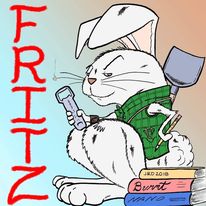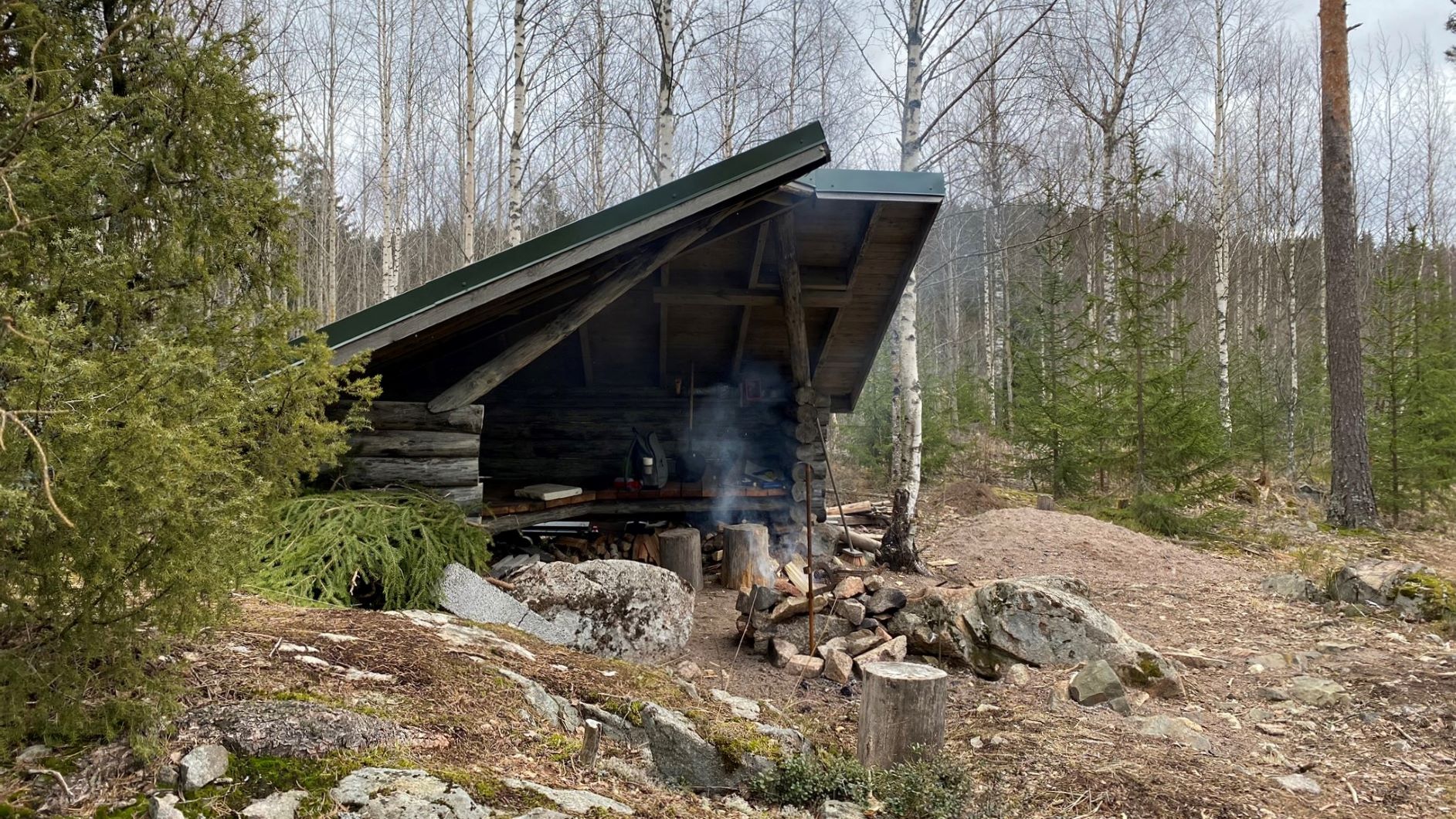

Framing a Story |
||
|---|---|---|
So, How?
"The what happens is your plot."
|
Getting StartedWhat is Framing a Story? Think of framing like building a house. Most houses start with a foundation, or what we would call "plot." Once the foundation is laid, then we begin "framing" the house, or putting up the narrative structure, which builds the story.
"A lack of narrative structure, as you know, will cause anxiety."
|
No Plot, No Problem. Or is it? Plot can be tricky. This is, again, the foundation of a story, and some stories have more foundation than others. Some are dirt-floors with lean-tos build on top. Some are concrete, holding up skyscrapers. Different stories have different needs, and it's okay if the plot is light. These are often "slice of life" stories which don't require deeper meaning. Here are a few pieces that go into building the plot: Key Conflicts: The main events shaping the character's obstacles. Types of Conflict: Character vs. Character(s), Society, Nature, Technology, Supernatural, Fate, Self. Rising Action:The section of the story leading to the climax. Climax: When the character overcomes the obstacle.  |
Adding the Pieces |
||
|
So, who is on this journey with the main character? Why are they on this journey? Who are the antagonists and protagonists? Are there any red herring characters? What kind of characters do you need to keep the story moving, or to wrap it up? Have you figured out your bad guy yet? If not, this is the time to start looking at the motivations behind your characters. Why does this person want these things? Why does this other person not want that person to get that thing? |
 |
So now you have a cast, where does the cast go? Where do they exist? What are the main characters' favorite haunts, their habits, their beliefs? Start describing them. Who goes there? Why? What happens in these places? Well, that depends on you, my dear writer. Are you a planner? Start a spreadsheet or new document. If you prefer notecards, go for it. If you're a pantser, well, get to writing! |
Definitions |
||

The plot includes the main events of a story presented in sequence (linear or non-linear). |
 Narrative structure is the bones of a story. The bones rise from the plot, and include the key conflicts, rising action, character dynamics, "beats," and ultimately the resolution. |

Some stories are character driven, in that the characters' actions and personalities move the plot forward. Other stories are plot in driven, in that the main idea of the plot is what makes everything else happen. |
Here is a PDF copy of the flyer for download - Framing a Story vs. Narrative Structure
If you would like to schedule a workshop on this or another writing topic, please Contact Us!
|
Feral Writer's Club Copyright 2024 All Rights Reserved |
About FAQ Contact Us Join |